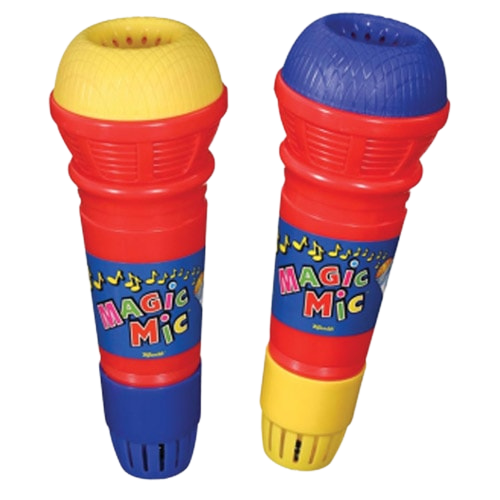Whistle and blow toys are more than just fun — they’re powerful tools in oral motor therapy that support breath control, lip closure, sensory regulation, and multisensory integration. Whether used by occupational therapists, speech-language pathologists, or other pediatric specialists, whistle and blow toys can be strategically selected and graded to match a child’s specific needs and abilities.
In the clinical guide M.O.R.E.: Integrating the Mouth With Sensory and Postural Functions, the authors explain how oral motor activities engage the sensory and postural systems simultaneously. Blowing activates the muscles of respiration and the oral-motor system while also stimulating alerting or calming effects, depending on intensity and pacing. Synchronizing breath with visual tracking or postural tasks further enhances body awareness and regulation. Selecting the right level of whistle or blow toy ensures that the activity challenges the child appropriately and supports therapeutic progress.
Understanding the Levels
Level 1 Whistles – Low Resistance, High Accessibility
These are ideal for children with reduced breath support or limited oral motor control. They require minimal pressure and allow success with less precise lip closure.

Therapro Recommendations:
- Echo Microphone: Amplifies voice, building auditory feedback and confidence.
- Saxoflute: Modular and playful, encourages simple exhalation.
- Wooden Riverboat Whistle: Offers strong auditory feedback with little effort.
Level 2 Whistles – Moderate Breath Control Required
These tools are appropriate for children who have mastered basic breath activation and are ready to develop sustained airflow and coordination.
Therapro Recommendations:
- Whistling Straws: Require focused airflow, ideal for mid-level strength building.
- Floating Ball Game: Combines visual tracking with breath control, great for synchronizing breath and eye coordination.

Level 3 Whistles – High Resistance, Advanced Control
These challenge even strong blowers. They demand powerful, sustained breath and refined control, activating deeper postural and respiratory systems.

Therapro Recommendations:
- Balloon Car Racer: Breath-powered movement encourages cause-and-effect awareness and trunk engagement.
- Wooden Train Blow Pipe & Ball: A precision task that builds endurance and coordination.
Therapeutic Benefits
- Breath Support & Control: Essential for speech production, sustained phonation, and self-regulation.
- Oral Motor Development: Enhances strength and coordination of the lips, cheeks, and tongue.
- Sensory Regulation: Blowing can be alerting or calming, depending on resistance and activity structure.
- Multisensory Integration: Eye-breath coordination and posture-breath synchrony help develop attention and motor planning.
Therapro’s full line of whistle and blow toys is organized to help therapists and parents choose developmentally appropriate tools that support targeted outcomes. For a deeper understanding of how oral motor input integrates with sensory and postural systems, consider adding M.O.R.E. to your resource library.
Explore Therapro’s oral motor therapy tools today and discover how simple, affordable tools can deliver powerful therapeutic results.
Guest Blogger: Karen Conrad Weihrauch, PhD, OTR/L
